New arrivals in Norway are often surprised by some aspects of owning a pet. Here’s what dog owners need to know about dog park culture.
Most people in Norway like dogs. However, some are afraid of them and even fewer just don’t like them. Usually, it’s not a problem, although some people seem to have no filter.
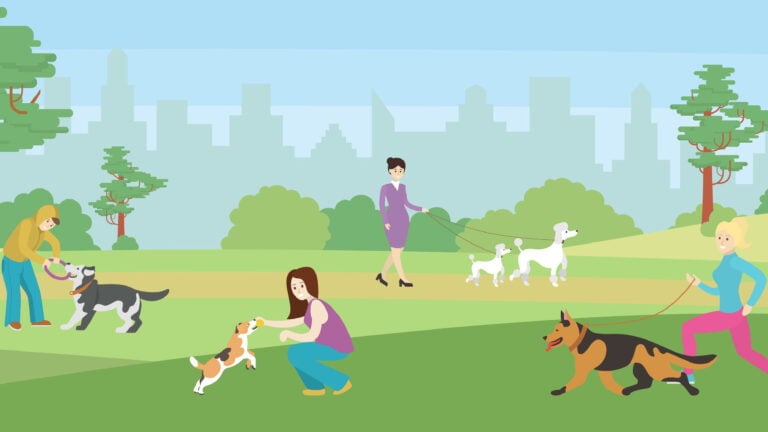
A woman once told me: “I feel sorry for your children because they have a mother like you”. My dog was walking around where her kids were playing.
Another time a man said he was going to shoot my dogs. Honestly, I don’t remember why. And once a crazy person said: “dogs are the devil’s creatures”. “No, they are the Earth’s angels”, I replied.
People like him don’t deserve to be taken seriously, but I always respect when people say they are afraid. It is also a good idea to admit you haven’t behaved responsibly; it is not acceptable to keep your dog off the leash in a playground.
Dogs help Norwegians make friends
Anyway, most of the time having dogs in Norway is a great source of joy. Dogs can make us shy Norwegians come out of our shells.
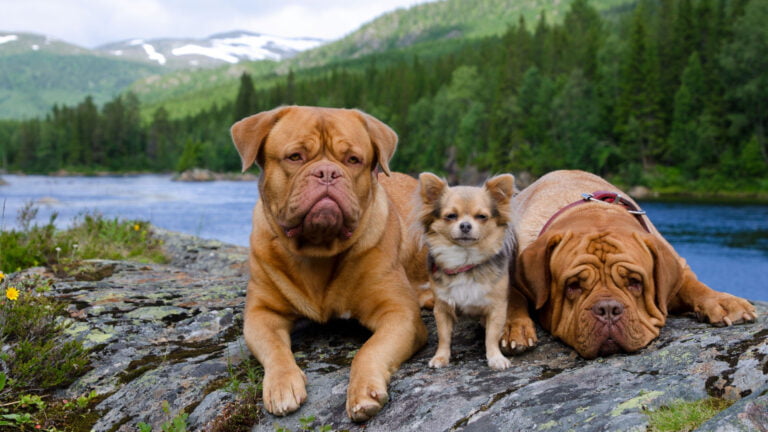
They are the ultimate icebreakers at BBQ-parties and I’ve had numerous conversations with strangers on the subway. Teenagers forget their coolness, and it amazes me how often big muscular guys, the kind I would not like to meet in a dark alley, soften at the sight of a cute puppy.
About Norwegian dog parks
Dog parks are designated areas where dogs can run around freely. This is a great place to meet new people and to get to know your neighbors better.
Dogs are often straight out entertaining. It is easy to make small talk, but also possible to have deep and meaningful conversations. It’s somewhat a mystery what dogs can bring out in people.
If you want to make romantic connections, try the dog park. If you don’t have a dog, borrow one. Walking dogs together could be an uncomplicated first date. Sometimes, people also arrange social events with dogs, like walking in the forest together.
So, onto the rules. There are a few, a lot of them unwritten. And some myths.
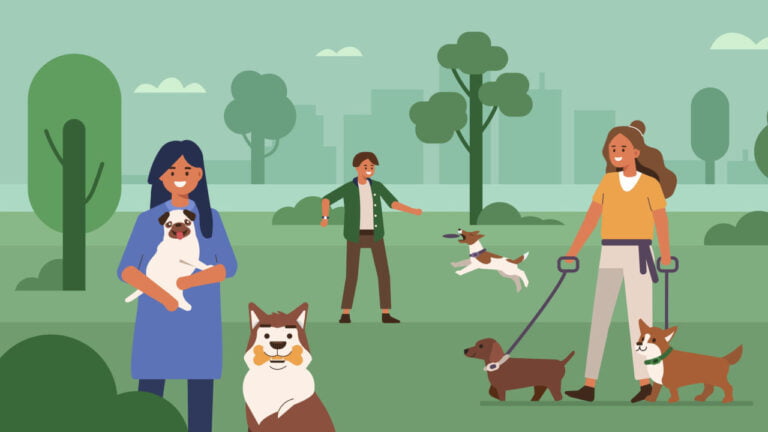
Leash law (båndtvang)
During the period of April 1 to August 20 your dog must be kept on a leash at all times, except in designated areas. This is the law and the police (and only the police) can fine you NOK 5,000 for breaking it.
Båndtvang is to protect people. True or not? Partially true. It is mainly to protect animals and birds who have babies. Don’t break this rule, they are vulnerable during this period, especially in the forest and close to water.
During the rest of the year dogs can run free. There are some exceptions, like certain parks and busy areas; and it is best to check your local municipality.
Read more: The Norwegian Elkhound
Båndtvang or not; your dog has to behave in a civilized manner and come when called (not easy). I have actually had the police telling me I have to control my dogs.
Walking on farmland (dyrket mark)
It is not legal to walk on farmland during the period of April 30th – October 14th.
Spaying/sterilizing females (sterilisering)
Don’t bring a dog in heat (løpetid) to the dog park. A, always have her on a leash, and always tell other owners she has løpetid.
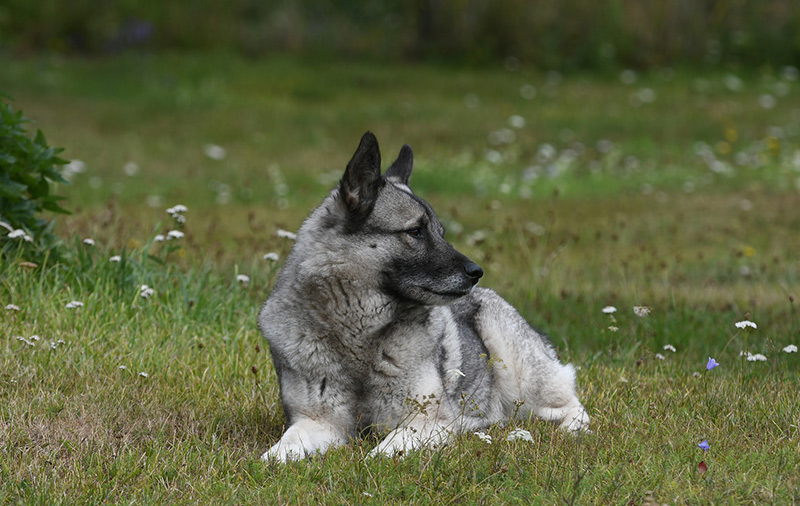
Spaying your female dog is illegal in Norway. True or not? True. My North American relatives are actually shocked it is illegal. In Los Angeles and in several countries, it is illegal not to spay your dog, unless you are breeding her.
This is, I think, an example of a typical Norwegian attitude towards non-medicalization; go the natural way when possible.
The only exception is certain medical reasons, like if she develops false pregnancies and acts like she is actually having puppies. This can be very disturbing and stressful, believe me. Some even produce milk.
Spaying dogs is beneficial to health. True or not? Partially true – I think. However, there are many different opinions. There are probably some medical advantages, like a lower chance of developing some types of cancer. On the other hand, an operation always involves some kind of risk.
There are lot of unwanted puppies in Norway. True or not? Not true. My relatives also seem to think dogs are running around and breeding like rabbits, which is not the case. And that’s because most people stick to the rules.
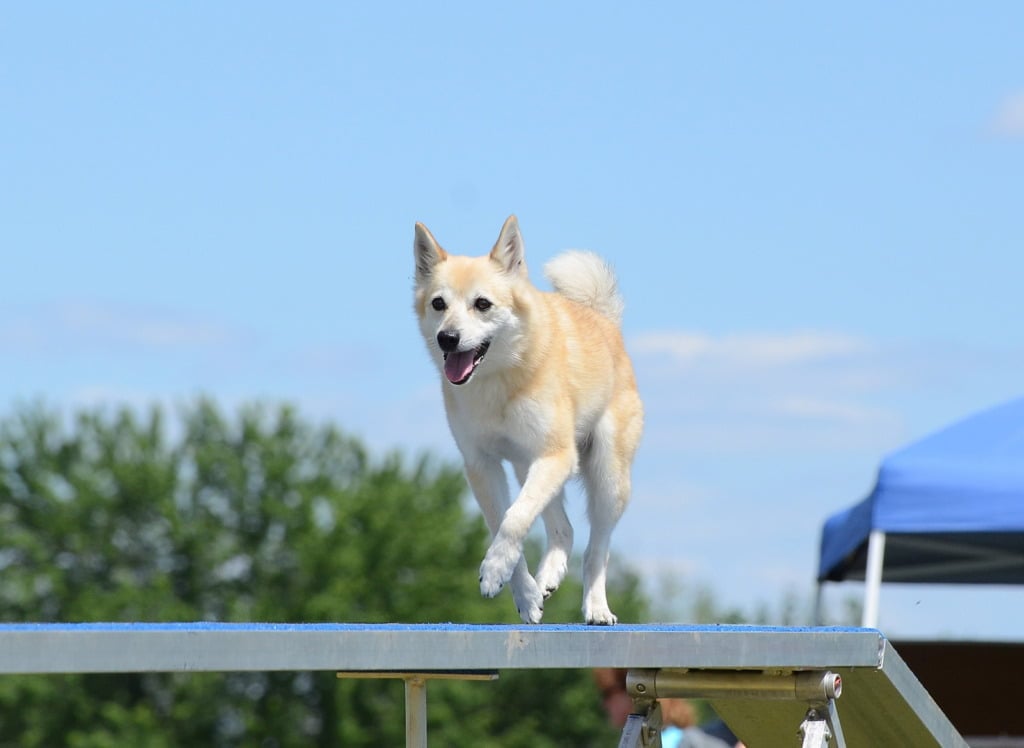
In addition, dogs get into heat only 1-3 times per year (depending on size) for 2-3 weeks, and they can only conceive a few days during that period. Most females (although not males) also know when they are fertile. At all other times, they are, frankly, bitchy.
There is excessive bleeding involved. True or not? Not true. Although they do bleed some, it is barely spotting; and she also takes care of most of the cleaning herself (yeah gross, but they are dogs).
Non-neutered males (kastrert)
Most male dogs are not neutered. However, it is legal and becoming more common. Neutering usually makes males less dominant towards other males and make them not pee on every post.
Some veterinarians advise to chemically neuter, which means giving the dog medication that lowers testosterone levels.
Non-neutered dogs fight all the time. True or not? Partially true. Some males develop serious aggression. Others react to some males, and some are totally peaceful. For the most part, dogs and owners figure it out together.
It is fine to bring an intact male to the park, but serious signs of agresson are not tolerated. It’s fine, even preferred, to let the dogs work out the rank order themselves.
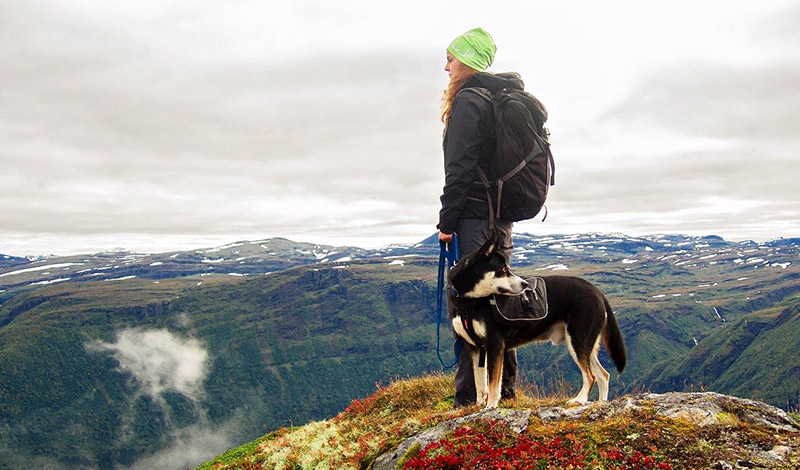
Some growling is accepted. There’s no reason to panic. Norwegians are used to this. Just make sure it doesn’t develop into something more than a display of power.
Greeting other dogs outside dog parks
Many people in Norway don’t want their dog to greet other dogs. Partially because dogs are not neutered/spayed, but many people are also training their dog. Therefore, it is a good idea to always ask if it’s ok.
Trying to read the owner’s and/or dog’s language can be difficult. I have been mistaken many times. If you are wrong, it could mean trouble. I advise not to start an argument with another dog owner, but just walk away peacefully.
Where to find dog parks in Norway
The websites of local municipalities will have a list of neaby dog parks. The busiest times are usually after work, from 5pm to 7pm. Parks that are close to residential areas, may stay openclose as late as 10pm.


Most Norwegians I know don’t own a dog and the ones they know that do are strictly for hunting.
We need more dog parks. And Norwegians need to show greater respect for the “leash law”. There are far too many who either don’t care or fool themselves into thinking that their dog is special and therefore poses no threat.